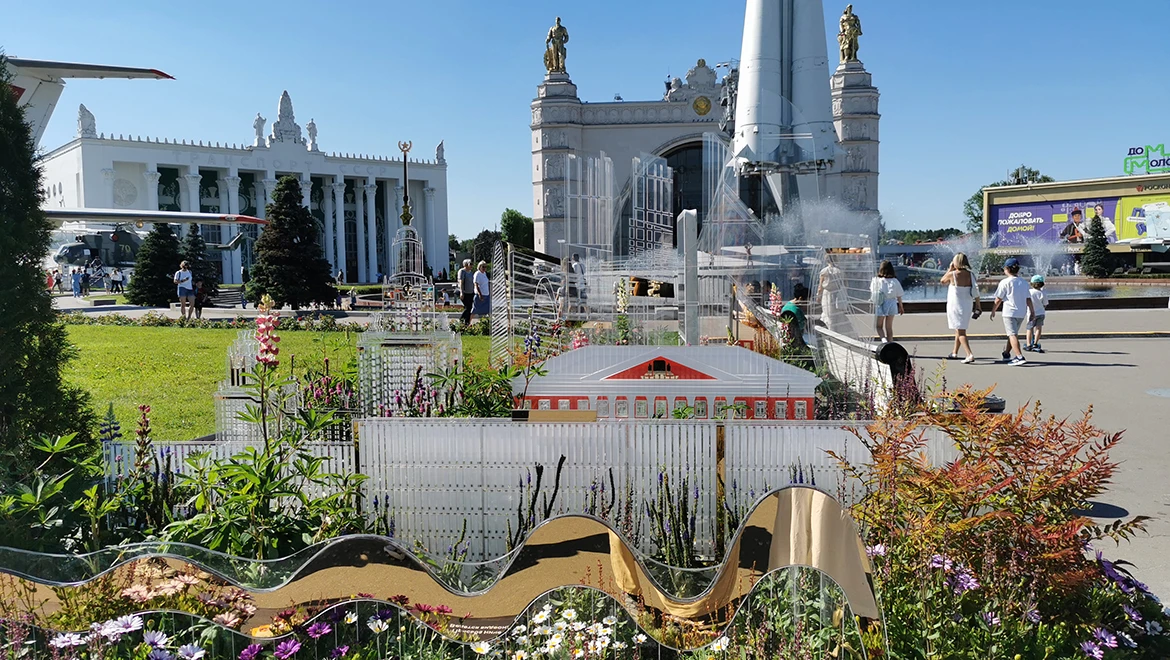Spring pheasant's eye (adonis). Kursk region
Spring pheasant's eye, or adonis (Adōnis vernālis), is a perennial herbaceous plant. The large golden spheres of the pheasant's eye scattered across the carpet of young greenery adorn the untouched Streletskaya Steppe in the south of the Kursk region every spring. Some plants can bloom with up to 70 flowers, which only open in sunny weather.
You can admire adonis only in the wild — this beautiful ornamental and medicinal plant does not lend itself to artificial cultivation. The development of the pheasant's eye seeds occurs very slowly, over the course of ten or more years. Even brief shading can cause adonis to perish. All medicinal preparations containing spring adonis are made from wild plants, which predominantly inhabit steppe and forest-steppe areas.
This rare, Red Book-listed flower is a symbol of the sun because its large flowers with bright yellow petals always face the sun. The name comes from the Phoenician and Assyrian sun god Adon, who, according to legend, died and resurrected every spring.
Adonis is an extremely valuable plant both decoratively and as a medicinal remedy. It was used by Hippocrates himself. In folk medicine, a water decoction of the plant was taken for liver diseases, stomach ailments, rheumatism, headaches, shortness of breath, leg swelling, and infectious diseases. Spring adonis tea is also practiced for heart pain, fever, and dropsy. However, it must be used very carefully. Adonis belongs to the buttercup family and, like all buttercups, is highly poisonous. It is not eaten by livestock, and pastures where it is common are avoided by shepherds.
Along with the RUSSIA EXPO, the flower festival is also coming to an end.
The "Future in Flowers" festival continues at the RUSSIA EXPO, where unique flowerbeds from all regions of our country can be seen at the "Space" pavilion until July 8.
The RUSSIA EXPO concludes on July 8, and with it, the flower festival will also come to an end.





